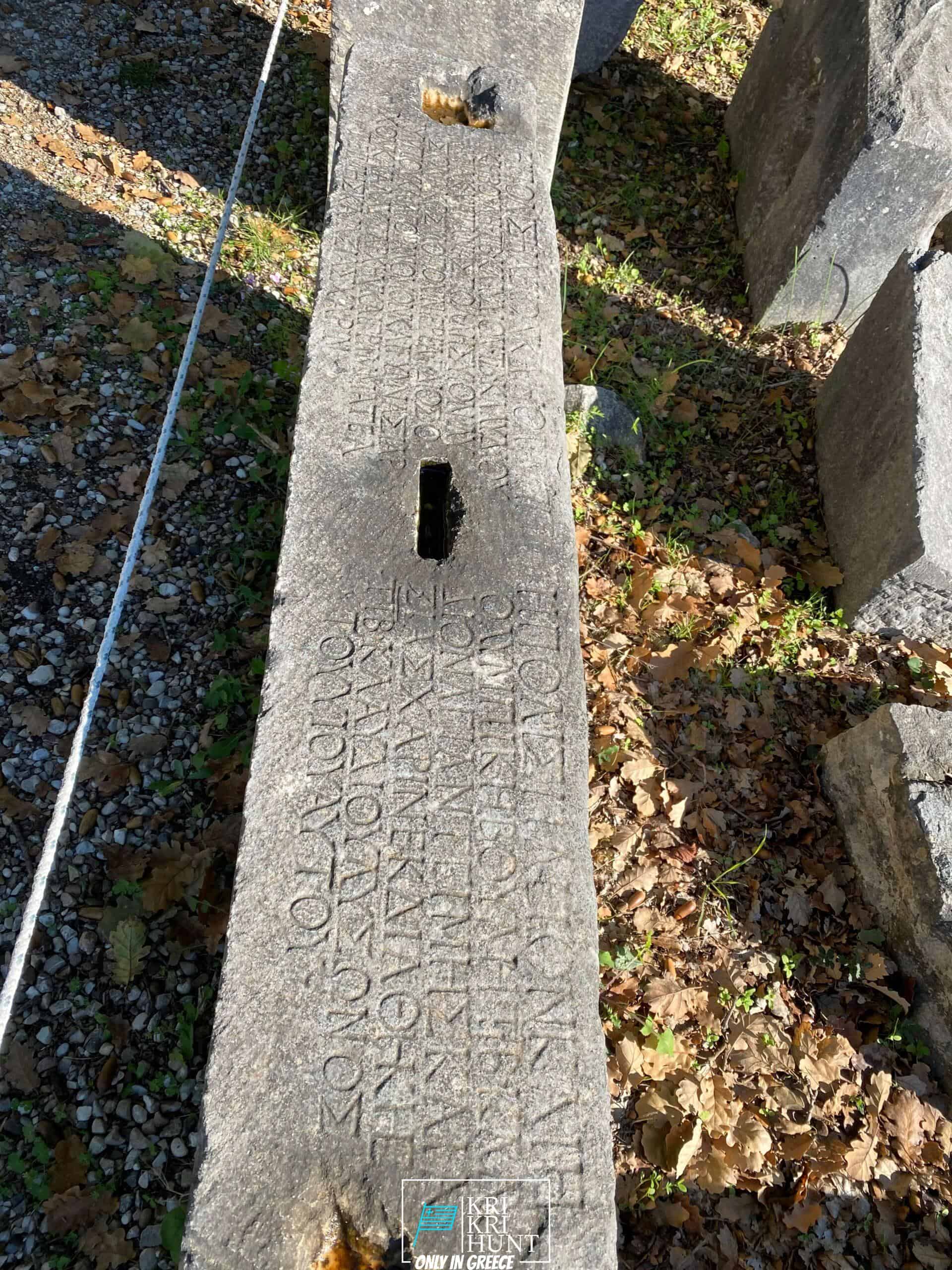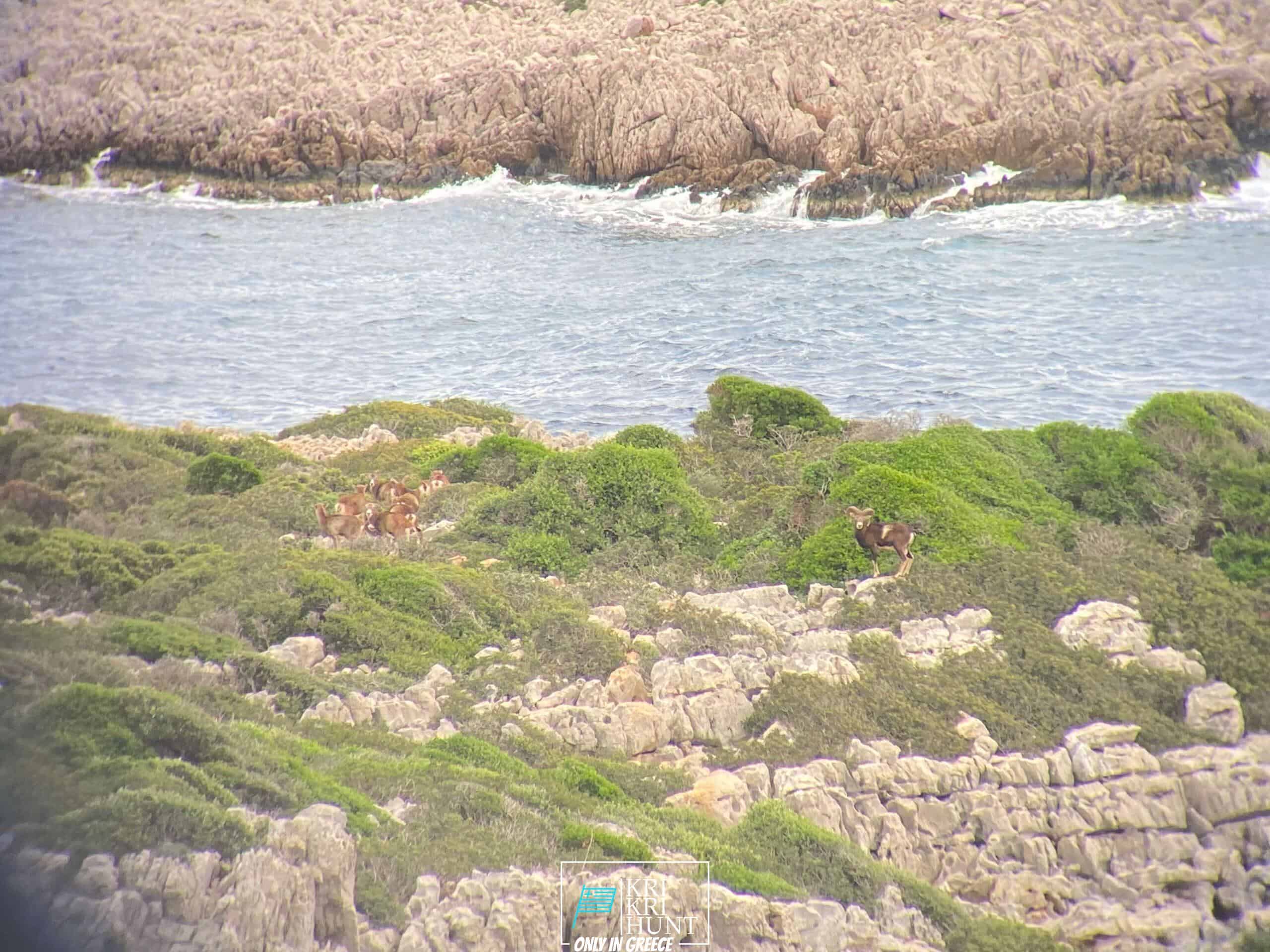Ibex Hunting as well as Free Diving on a Beautiful Greek Island. Come for the Hunt, Stay for the Experience!
Ibex Hunting as well as Free Diving on a Beautiful Greek Island. Come for the Hunt, Stay for the Experience!
Blog Article

Hunting for Kri Kri ibex in Greece is a remarkable holiday experience. It is not always a tough search or an unpleasant experience for a lot of hunters. You can experience old Greece, shipwrecks, as well as spearfishing throughout 5 days hunting for stunning Kri Kri ibex on an unique island. Exists anything else you would certainly like?

Searching kri kri ibex in Greece is a difficult undertaking for both abroad as well as local hunters. Searching large game in Greece is restricted for abroad hunters. Wild boars and also roe deer are the only options for regional hunters besides kri kri ibex, which might just be hunted in unique searching territories such as specific islands. In Athens, we give the chance to hunt this incredible monster on 2 different islands that are around 150 kilometers away and 300 kilometers away, respectively. The Kri Kri Ibex and mouflon might just be shot on unique hunting areas from early in the morning till twelve noon, according to Greek regulation. You have to book a year in advance for a license. Just shotguns are permitted, and just slugs might be used. Significant seekers are permitted on these trips because the Greek Ministry of Nature and also Agriculture issues only a certain variety of licenses each year.
Our exterior hunting, angling, as well as totally free diving scenic tours are the perfect method to see everything that Peloponnese has to supply. These scenic tours are designed for travelers who intend to get off the beaten path and also actually experience all that this extraordinary region needs to use. You'll get to go hunting in a few of the most lovely wilderness areas in Greece, fish in crystal-clear waters for a range of various species, and also free dive in some of the most stunning shoreline in the Mediterranean. And also most importantly, our knowledgeable overviews will be there with you every step of the means to see to it that you have a safe and also enjoyable experience.
If you are seeking Kri Kri ibex search and memorable trip location, look no further than the Sapientza island in Greece. With its magnificent natural elegance, tasty food, and also rich society, you will not be disappointed. Reserve among our searching as well as visiting Peloponnese Tours from Methoni today, dot forget your prize Kri Kri ibex!
What is the diference between Kri Kri ibex, Bezoar ibex and hybrid ibex
The kri-kri is not thought to be indigenous to Crete, most likely having been imported to the island during the time of the Minoan civilization. Nevertheless, it is found nowhere else and is therefore endemic to Crete. It was common throughout the Aegean but the peaks of the 8,000 ft (2,400 m) White Mountains of Western Crete are their last strongholds–particularly a series of almost vertical 3,000 ft (900 m) cliffs called ‘the Untrodden’—at the head of the Samaria Gorge. This mountain range, which hosts another 14 endemic animal species, is protected as a UNESCO Biosphere Reserve. In total, their range extends to the White Mountains, the Samaria National Forest and the islets of Dia, Thodorou, and Agii Pandes.
This Ibex is NOT a diminutive form of the Bezoar Ibex, which has migrated into the western-most reach of the range of this species. The kri – kri (Capra aegagrus cretica), sometimes called the Cretan goat, Agrimi, or Cretan Ibex, is a feral goat inhabiting the Eastern Mediterranean, previously considered a subspecies of wild goat. The kri-kri has a light brownish coat with a darker band around its neck. It has two horns that sweep back from the head. In the wild they are shy and avoid tourists, resting during the day. The animal can leap some distance or climb seemingly sheer cliffs.
“The agrimi goat Capra aegagrus cretica is unique to Crete and its offshore islands. It has been identi®ed as a sub-species of the wild bezoar goat Capra aegagrus aegagrus Erxleben, 1777, which it closely resembles in horn shape, body form and coloration. This classi®cation has been disputed by some researchers who claim that the agrimi are feral goats, derived from early domestic stock brought to the island by the ®rst Neolithic settlers. In order to clarify this issue, DNA analyses (cytochrome b and D loop sequences) were carried out on tissue of live and skeletonized agrimi and compared to sequences of wild and domestic caprines. Results conclusively show the agrimi to be a feral animal, that clades with domestic goats (Capra hircus) rather than with wild Asiatic bezoar. This study demonstrates that morphometric criteria do not necessarily re¯ect genetic af®nities, and that the taxonomic classi®cation of agrimi should be revised.”
Report this page